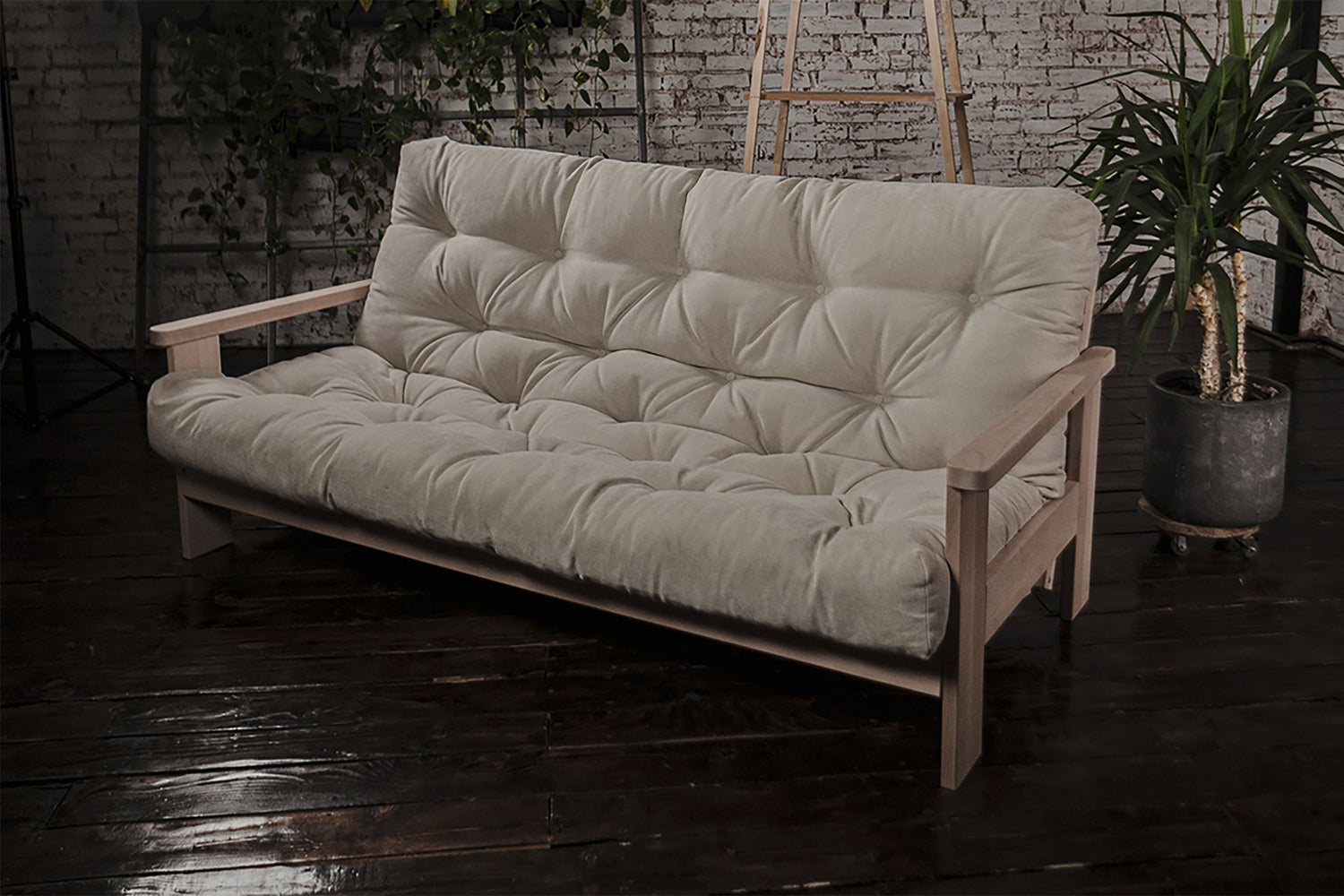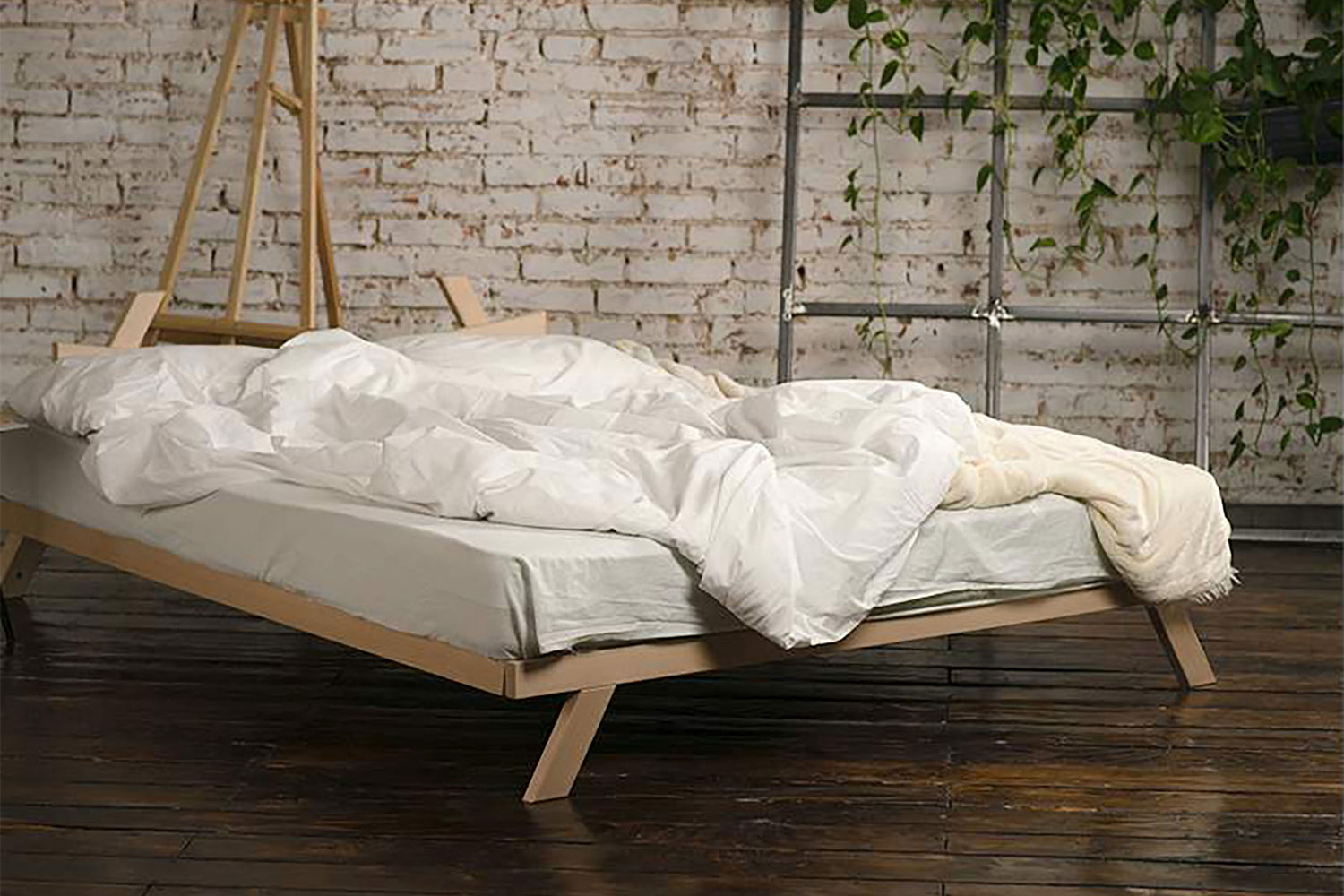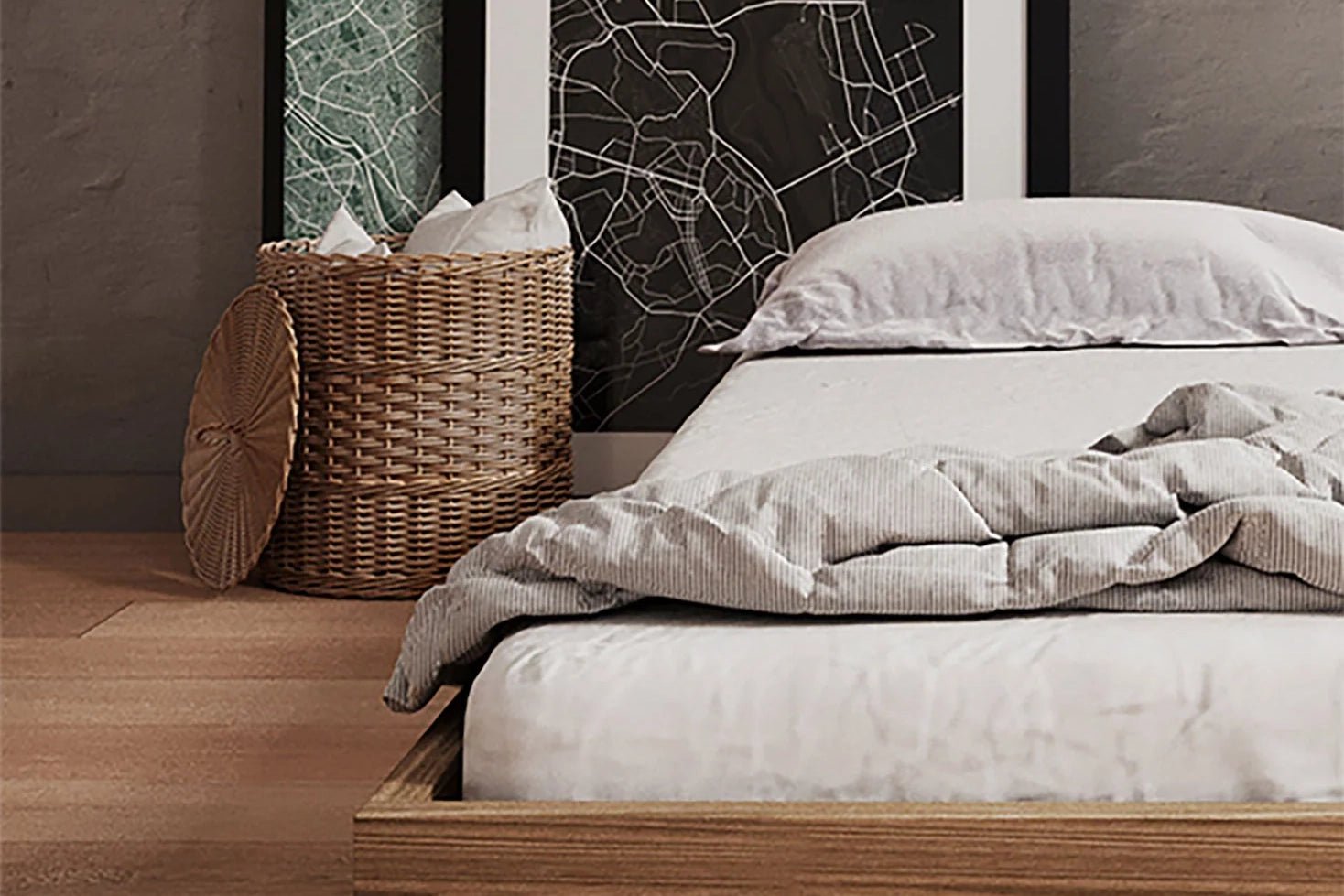
Daybeds vs. Futons – Best Use Cases for Both Furniture Types
Share
When it comes to multifunctional furniture, daybeds and futons are often at the top of the list. Both offer the flexibility to serve as seating during the day and sleeping options at night, but how do they differ? In this article, we'll explore the differences between a day bed vs futon, the ideal use cases for each, and how to choose between a futon sofa and a day bed futon for your space.
What is a Daybed?
A daybed is a versatile piece of furniture that combines the features of a bed and a couch. Traditionally, daybeds are designed to look like couches, but they come with a wider surface, making them comfortable for lying down. They typically feature three sides—two arms and a backrest—creating a more sofa-like appearance than a traditional bed. A day bed sofa is a great way to offer both seating and sleeping options in one piece of furniture.
Key Features of a Daybed:
- Functions as both a small sofa and a bed.
- Often has a backrest and armrests, making it resemble a couch.
- Typically uses a twin-sized mattress and cushions.
- Popular in guest rooms or small spaces like studios or home offices.

What is a Futon?
A futon is a Japanese-inspired couch that can be used as both a bed and a sofa. The futon usually consists of a mattress and a frame that allows the mattress to be folded or flipped, transforming it from a seating area into a sleeping surface. The futon sofa combines elements of both a sofa and a daybed, allowing for versatility in how it’s used.
Key Features of a Futon:
- Converts between a sofa and a bed, often through a simple fold or flip.
- The futon mattress can be used with or without a frame; when used with a frame, it’s sometimes referred to as a futon couch or a futon bed.
- The mattress is typically thinner and more flexible than traditional mattresses.
- Ideal for compact spaces or in a guest room.

Daybed vs. Futon – Key Differences
When deciding between a daybed and a futon, there are a few things to consider:
Functionality
Both daybeds and futons can serve dual purposes, but how they transition from a sofa to a bed differs:
- Daybeds are easier to use as an occasional bed for one or as a comfortable small couch since they maintain a more fixed, sofa-like design.
- Futons, on the other hand, usually require a bit more effort to convert from sitting to sleeping. Although, most futons in full and queen size can sleep two people.
Space Efficiency
If you're looking for something that takes up minimal space, both options are great for smaller rooms, such as a small office or a guest room:
- Daybeds tend to be more stationary in design, with some featuring trundle beds or additional storage space underneath.
- Futons are typically flexible and compact perfect for smaller spaces or as a convertible bed for guest rooms.
Comfort
When it comes to comfort, the mattress plays a significant role:
- Daybeds often have thicker mattresses and cushions, making them more comfortable for long-term use as a bed. If you’re looking for the most comfortable daybed, you may want to invest in one with a high-quality, supportive mattress.
- Futons are typically thinner, but modern versions come with more comfortable options, such as foam and natural latex mattresses. However, the mattress needs to be unfolded or adjusted, which can be a bit more cumbersome.
Style
- Daybeds often look more like traditional sofas and can be dressed up with cushions or bedding. They come in various styles, from contemporary to classic, making them a great option for the best daybed for the guest room.
- Futons have a more casual, minimalist look, and are ideal if you prefer a laid-back vibe. You can find daybeds that look like sofas, but futon daybeds are more compact and functional.
Daybed vs Sofa Bed vs Futon – Which is Right for Your Space?
Another common comparison people make is the daybed vs sleeper sofa. The main difference lies in the way each functions:
- A sleeper sofa is often a sofa that unfolds into a bed, offering comfort for a short stay but may not be as comfortable as a dedicated bed.
- A daybed typically remains stationary and offers a more comfortable sleeping surface, while still providing seating during the day.
- A futon sofa bed is a great middle ground, offering flexibility and space-saving benefits.
Daybeds for Guest Bedrooms and Home Offices
If you want to maximize your guest room space, a daybed is an excellent choice. A day bed for a guest bedroom is ideal because it provides a cozy seating area during the day and a comfortable bed at night. With a daybed futon, you can easily create a welcoming space for your guests.
Futons for Small Spaces and Guest Rooms
A futon bed can also be a great option for a guest room or a small office, especially if you want to accommodate multiple guests. They can easily be converted into a larger sleeping surface for two when needed, and if your futon has a trundle, it can be pulled out for an additional bed.

Which is Better – Daybed or Futon?
Ultimately, the choice between a daybed or futon comes down to your personal preferences and the space you have available. Here are some quick tips to help you decide:
- Choose a daybed if you need something that looks like a sofa but can double as a small bed for a guest, especially in a home office.
- Choose a futon if you need a flexible, versatile, but compact piece of furniture that can work in multiple areas, such as a guest room or a small office.
- Consider a futon with a trundle bed if you need to maximize sleeping space in your guest room.
Conclusion
Both futons and daybeds are fantastic options for maximizing the functionality of your living spaces. Whether you're looking for a comfy day bed for your guest room or a futon couch for your home office, both pieces offer unique benefits. By considering the space, style, and comfort needs of your home, you can find the perfect furniture piece to suit your lifestyle.
Would you like assistance finding the best daybed futon or guest room futon for your space? Feel free to reach out for expert recommendations!











